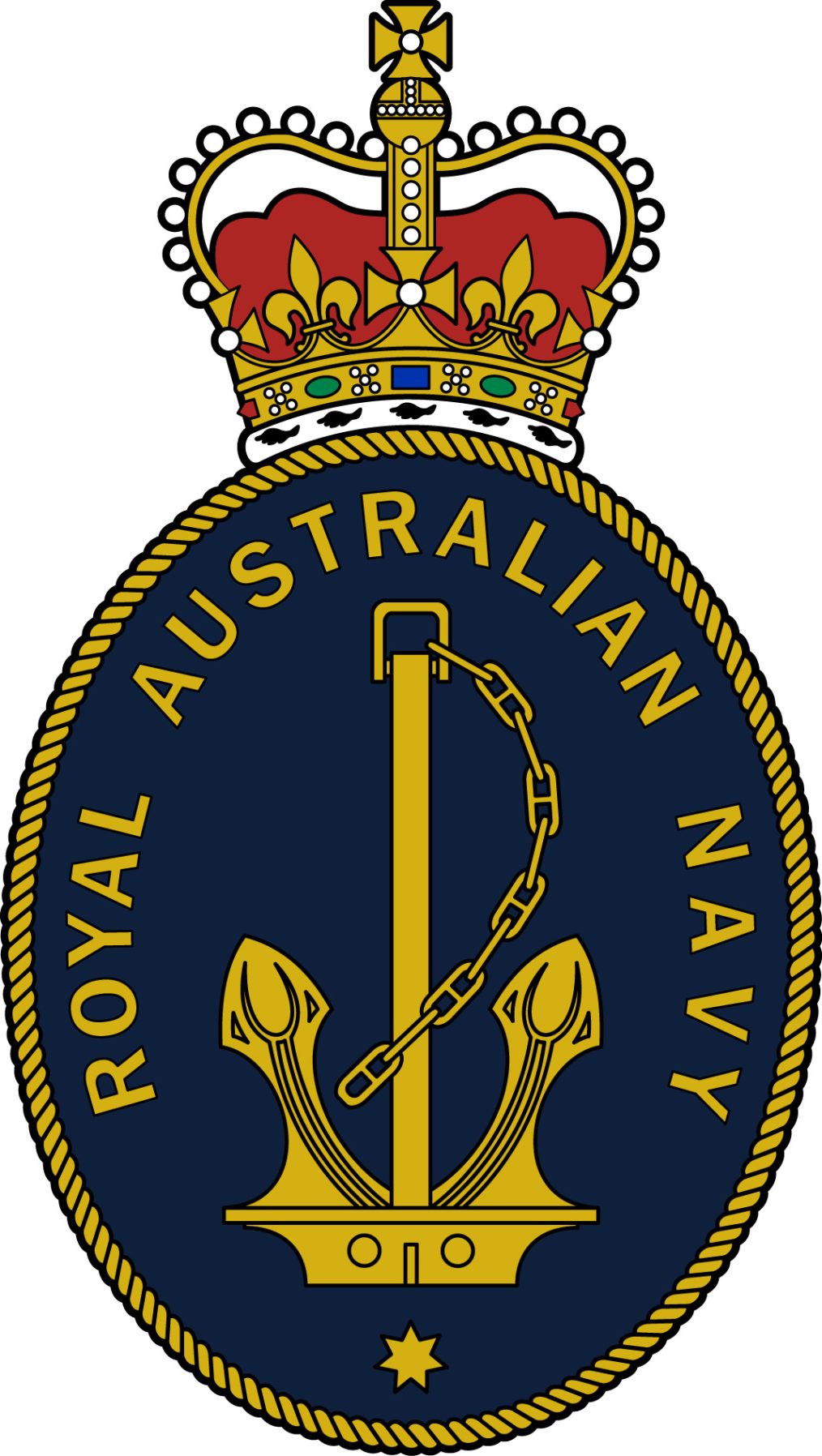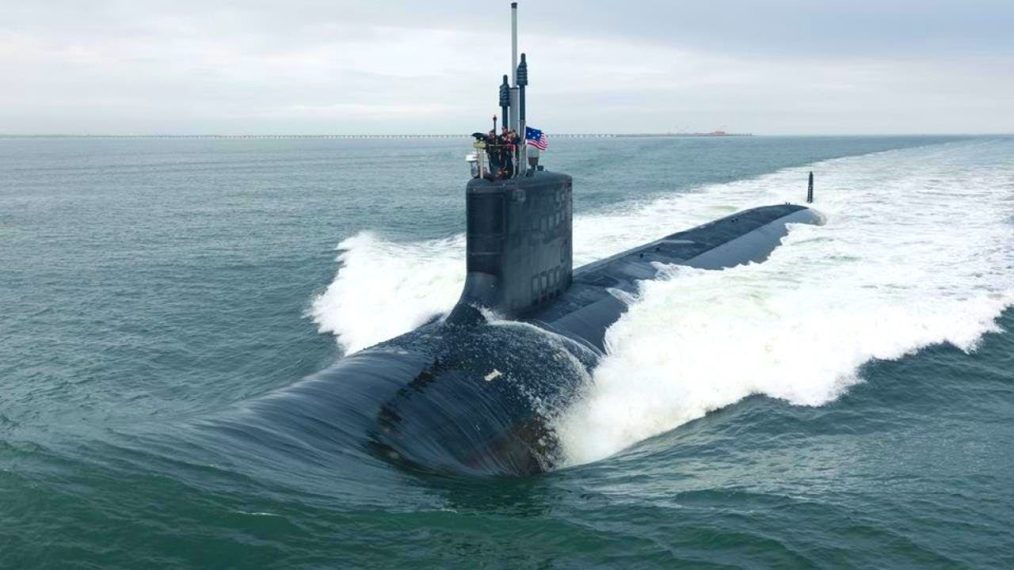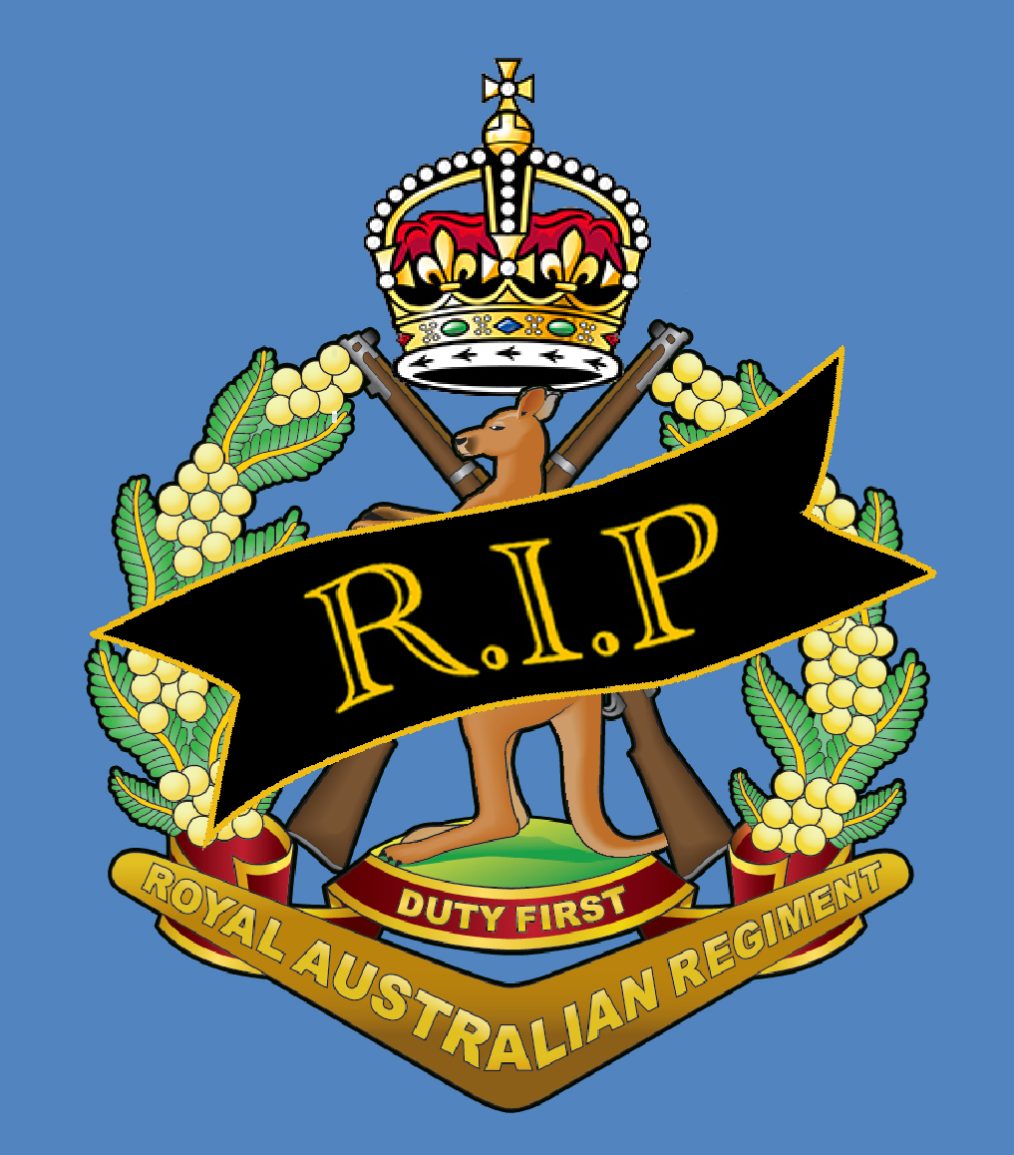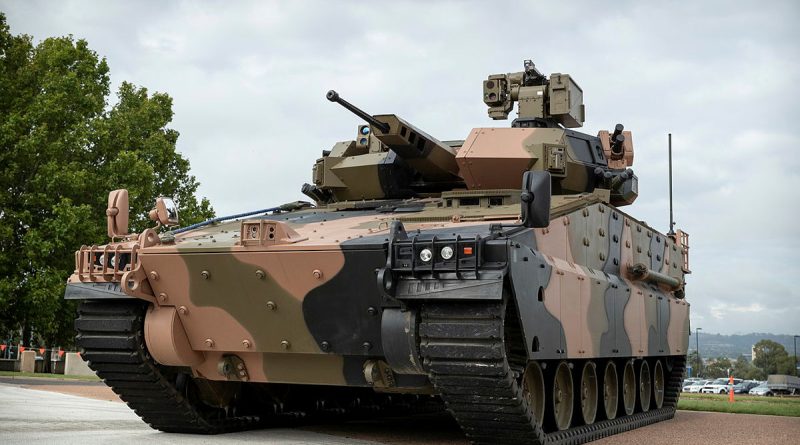It is with great sadness that I advise the passing of NOA member Rear Admiral Tony Hunt AO RAN Ret’d. Our sincere condolences go to his wife Cecile and to his extended family.
From the Navy Sea Power website:
Anthony “Tony” Hunt was born in Melbourne on 14 July 1938 but spent his school years in South Australia. He joined the Royal Australian Naval College in 1954 as a member of the intermediate entry. As a junior officer under training, he served in RAN and RN ships. After graduating from Melbourne University in 1961 with a Bachelor of Electrical Engineering, he undertook further professional training in the United Kingdom and qualified as a Weapons Electrical Engineer.
He served in a number of naval aviation postings including Squadron and Air Group Technical Officer (both at the RAN Air Station at Nowra and in HMAS Melbourne), Staff Officer (Avionics) to the Australian Naval Attache (Washington) and Air Engineering Officer at HMS Daedalus in the United Kingdom.
Following service as the Weapons Electrical Engineering Officer (WEEO) of HMAS Duchess, he was promoted Commander in 1972. He was subsequently promoted Captain in 1978 while serving as the WEEO of HMAS Melbourne and was then posted as Superintendent of Aircraft Maintenance and Repair (1979) and then as the Navy Helicopter Project Director (1980-85) responsible for introducing the new Seahawk helicopter into RAN service.
He was promoted Commodore, in August 1984, and then served as Director General Equipment Projects (1985), Deputy Chief of Naval Materiel (1985-87) and Director General of Naval Programs and Resource Management (1987-89). In 1985, he was made a Member of the Order of Australia (AM) in the Queen’s Birthday Honours List for service to the Royal Australian Navy, particularly as the Helicopter Project Director.
He was promoted Rear Admiral in August 1989 and served as Assistant Chief of Naval Staff – Materiel until January 1993 during which time he was appointed as an Officer in the Order of Australia (AO), in June 1991, for service to the Royal Australian Navy, particularly as the Assistant Chief of Naval Staff-Materiel. Tony Hunt’s final appointment in the RAN was as the Flag Officer Naval Support Command commencing on 1 February 1993. Rear Admiral Hunt retired from the RAN in mid-1995.
Regards Simon
Simon Cullen
Rear Admiral RAN (Ret’d)
President, Naval Officers Association of Australia
Mobile: +61 401 641 312
Email: president@navalofficer.com.au









